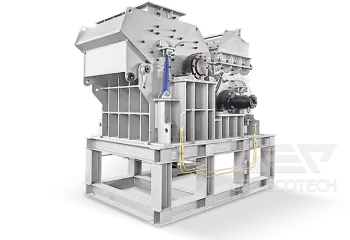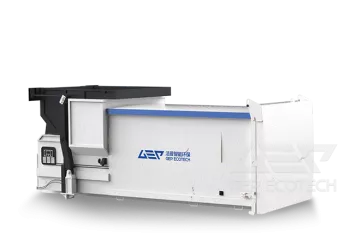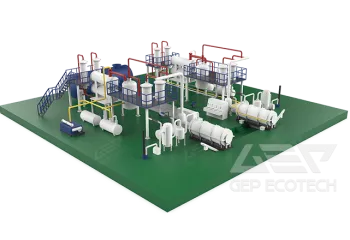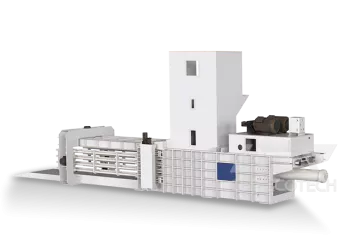Soil conditioner is a material added to soil to improve its physical, chemical, and biological properties. The technology of preparing soil conditioner from household kitchen waste and fruit vegetable waste in farmers' markets is being promoted. The process flow of this technology includes two parts: raw material pretreatment and harmless treatment. Raw material pretreatment mainly includes four stages: impurity removal, solid-liquid separation, oil recovery, and temporary storage; Harmless treatment mainly includes five steps: mixing auxiliary materials, material allocation, preparation, quality testing, and environmental control.
In the sorting process of kitchen waste, sorting equipment such as roller screens and rotary drum screen can be used to remove impurities such as plastics, glass, metals, stones, textiles, etc; If there is a large amount of waste, pre shredding equipment can be installed before sorting, such as a pre-shredder or a double shaft kitchen waste shredder (depending on the size of incoming and outgoing materials). After pre-treatment, the solid waste needs to be mixed with a certain proportion of crushed crop straw and garden waste to make a mixed auxiliary material. Then, microbial fermentation agents are added to mix suitable moisture and porosity, and suitable methods such as aerobic treatment, anaerobic treatment, and facultative treatment are selected to complete the preparation of soil conditioner.
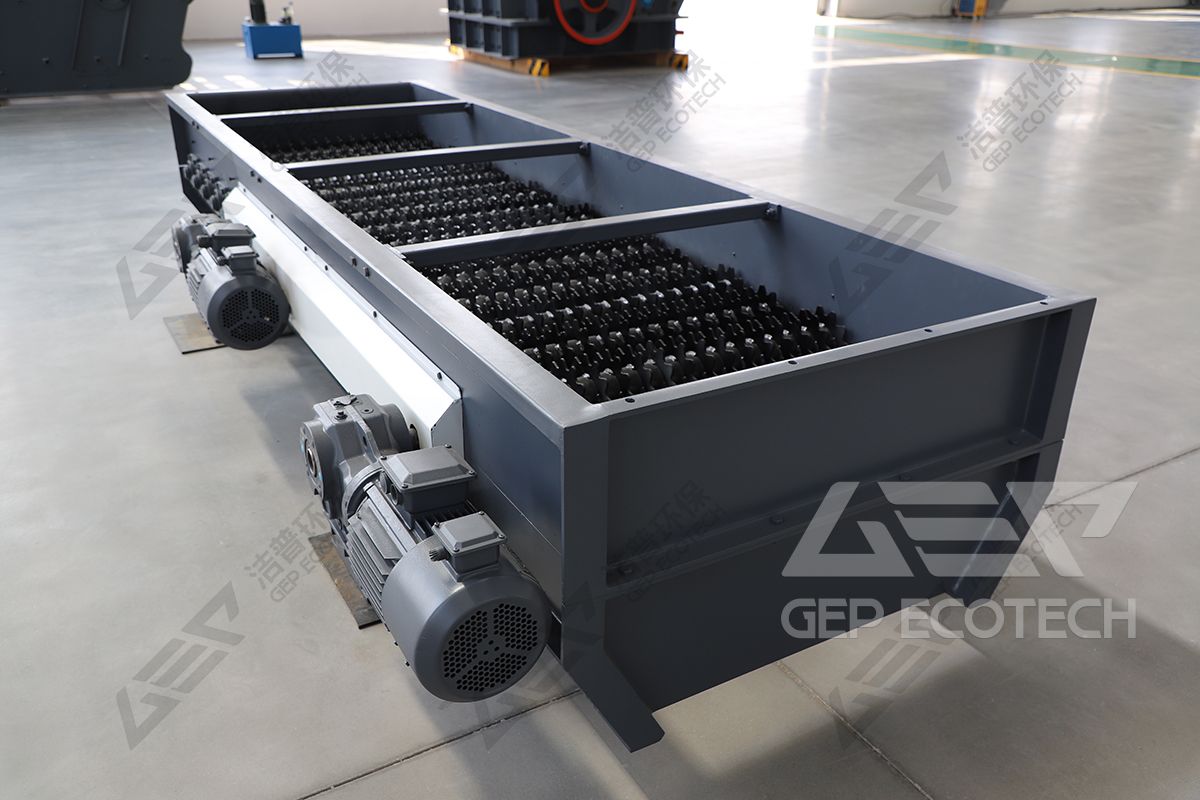
In the raw material pretreatment stage, the use of pre-shredding and sorting equipment is necessary to efficiently process the kitchen waste and remove impurities. Additionally, during the harmless treatment stage in the preparation of mixed auxiliary materials, agricultural and forestry waste must be shredded and processed to the appropriate size using a crusher before being used as additives.
The technology of preparing soil conditioner from kitchen waste not only helps to handle the increasing burden of kitchen waste but also effectively utilizes the valuable substances present in the waste, reducing resource waste. This innovative approach is worthy of more enterprises' participation and strong promotion to promote environmental sustainability.


